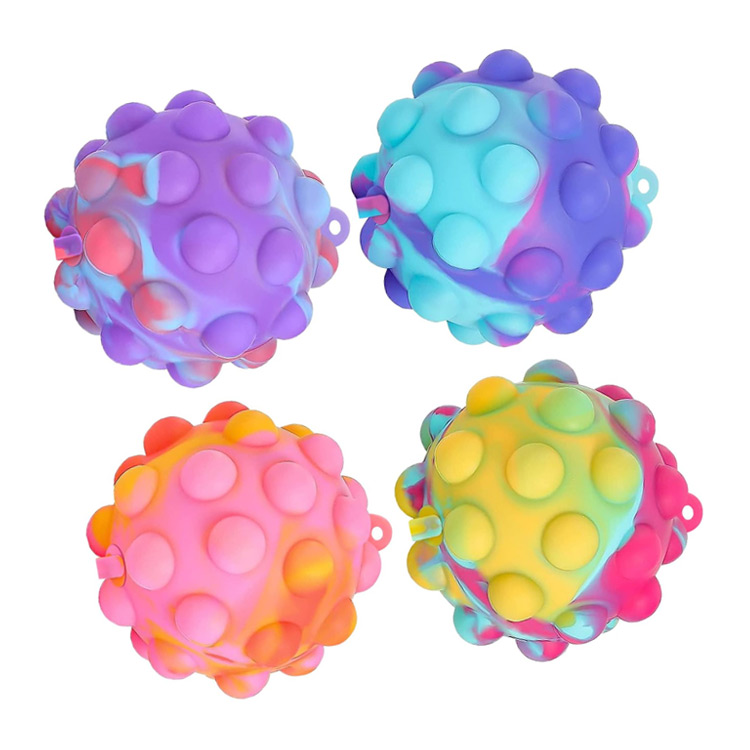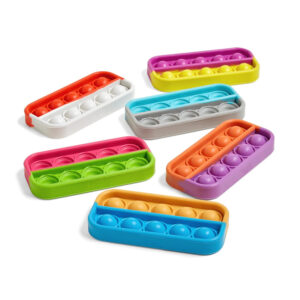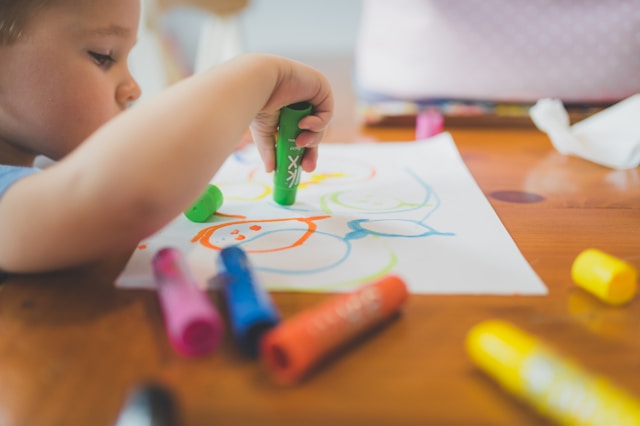Sensory toys are more than just fun—they’re essential tools for preschoolers’ development. These toys engage multiple senses, helping children build motor skills, improve focus, and regulate emotions. Whether your child is neurotypical or neurodivergent, sensory toys can support learning and emotional well-being.
Engaging with sensory toys helps preschoolers develop fine and gross motor skills, language abilities, and emotional regulation. According to the Cleveland Clinic, sensory play fosters cognitive growth, builds nerve connections in the brain, and encourages social interactions. So, let’s learn more about them.
Top Sensory Toys for Infants
Sensory play is a big part of early childhood development, and the right toys can make it both fun and beneficial. For preschoolers, sensory toys help build motor skills, improve focus, and support emotional regulation. In this section, we highlight some of the best sensory toys that engage touch, sight, and movement, making playtime both educational and calming.
Gel-Filled Sensory Shapes
These colorful, squishy toys come in various shapes and are filled with gel beads. They provide tactile stimulation and are excellent for developing fine motor skills.
These toys are filled with soft gel beads and come in a variety of shapes like stars, hearts, or animals. They provide a fun tactile experience that encourages children to squeeze, press, and explore different textures. Playing with these shapes helps preschoolers strengthen their fine motor skills, hand strength, and coordination. The squishy sensation can also be calming, making them useful for children who get easily overstimulated or anxious.

3D Stress Balls Pop-It Fidget Pack of 4 (via Amazon)
Color Sorting Sensory Toys
Toys that involve sorting colored balls or shapes help preschoolers with color recognition and hand-eye coordination. They also encourage problem-solving and focus.
Color sorting toys combine fun and learning by asking children to match and organize colored pieces. Whether it’s balls, blocks, or shapes, these toys promote hand-eye coordination, concentration, and problem-solving skills. They also reinforce early academic concepts like color recognition, counting, and pattern recognition. Because children need to focus and plan their moves, these toys can be especially helpful for building attention and cognitive skills in preschoolers.
Squishy Sensory Fidget Toys
Soft, squeezable toys in different textures and colors can help calm anxious or overstimulated children. They promote sensory exploration and stress relief.
These soft, squeezable toys come in a variety of textures and colors, from spiky to smooth, and are perfect for little hands. They provide a safe outlet for excess energy, helping children calm down during moments of stress or overstimulation. Fidget toys can also improve tactile exploration and fine motor control. Many preschoolers enjoy carrying them around or using them during quiet activities like storytime or art, making them versatile tools for both focus and relaxation.
Pop It Fidget Toys
Silicone toys with bubbles that can be pressed in and out. They are great for improving fine motor skills and providing a calming effect. However, it’s important to ensure they are free from small parts to avoid choking hazards.
Pop Its are silicone toys with bubbles that can be pressed in and out repeatedly. The tactile popping action is satisfying and calming, making them popular among preschoolers who enjoy repetitive sensory input. In addition to being fun, Pop Its help develop finger strength, coordination, and fine motor skills. They are portable, durable, and easy to clean, making them ideal for home, school, or travel. For safety, it’s important to choose versions without small detachable parts to avoid choking hazards.

Frame Sensory Bubble Poppers Pack of 10 (via Amazon)
Sensory Kits with Multiple Textures
Comprehensive kits that include a variety of textures and materials allow children to explore different sensory experiences. These kits can enhance creativity and sensory processing.
Sensory kits often include a mix of materials like foam, fabric, squishy beads, sand, or water-based items. These kits give preschoolers the opportunity to explore a wide range of sensory experiences in one place. Children can touch, squeeze, stretch, or pour different materials, which encourages creativity, problem-solving, and sensory processing. Teachers and parents can use these kits to design structured sensory activities or allow free play, giving children a chance to experiment and learn at their own pace.
Safety Considerations & Conclusion
Always supervise preschoolers during sensory play, especially with small parts that could pose choking hazards. Ensure toys are age-appropriate and free from toxic materials. Regularly inspect toys for wear and tear to maintain safety.
Incorporating sensory toys into playtime can significantly benefit preschoolers by supporting their sensory, motor, and emotional development. Selecting the right toys based on your child’s needs and preferences can enhance their learning and well-being.
